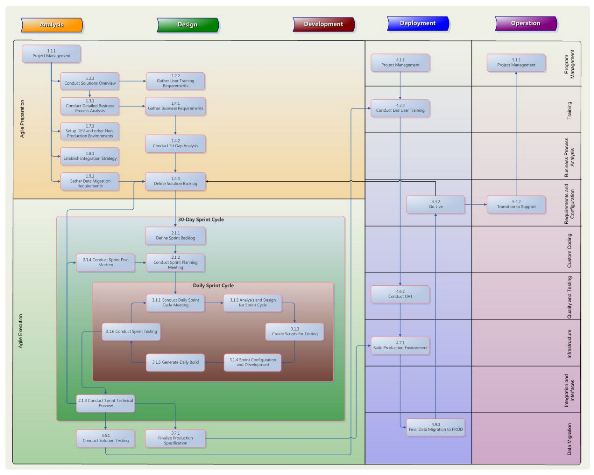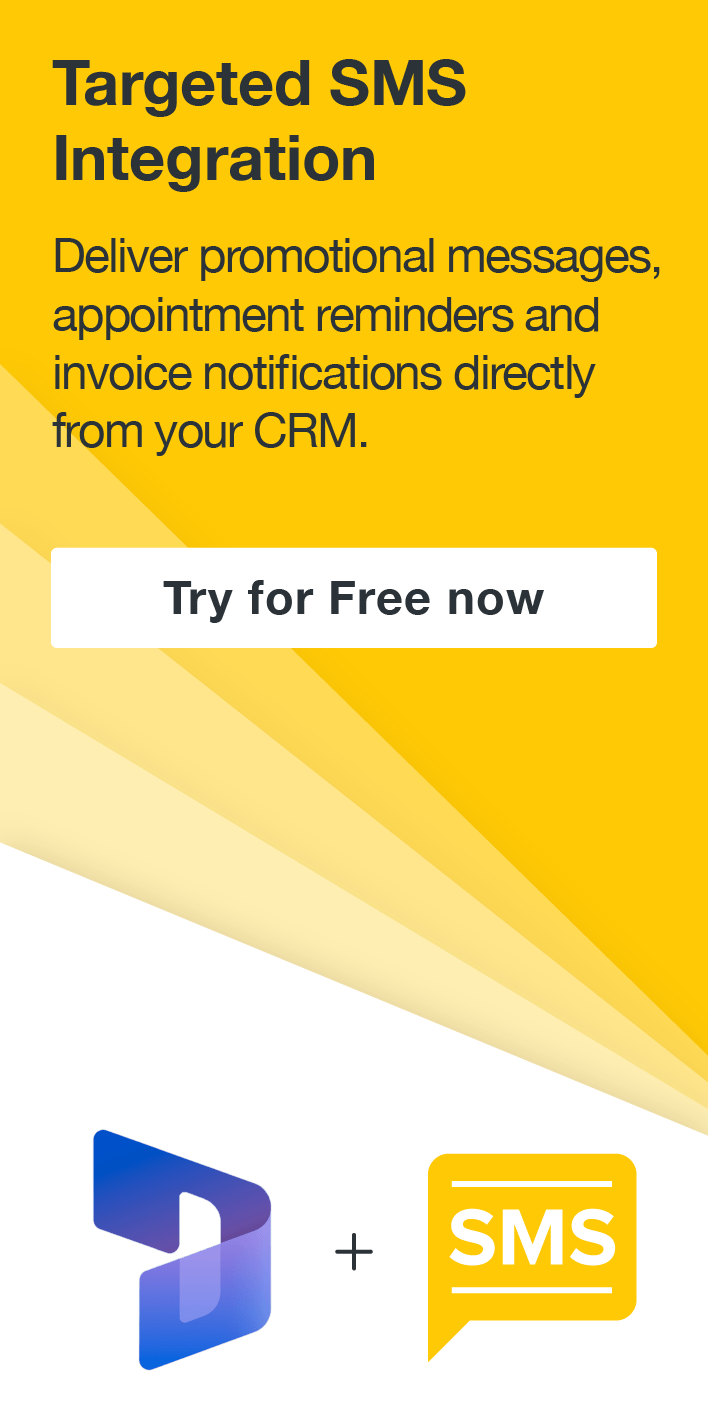Dynamics CRM 2011 – The Agile Approach
Jaime Smith, 09 June 2012
Last week I reviewed Rapid, Standard and Enterprise project types, today let’s move to another popular project type in software development – AGILE.
There is plenty of information all over the net about AGILE, its origins, methodology, tool etc, so as I have said previously I am looking at it from within CRM and SureStep practice. Within SureStep it is somewhat of a hybrid and definitely veers away from a strict Agile approach.

What it maintains from Agile:
• Solution BacklogA list of the requirements that have been defined during the analysis phase. The compilation of this backlog signifies the end of the Agile Preparation Phase
• Sprint formationWithin the Agile Execution Phase, sprints will be defined with durations of between 5 days and 30 days. A sprint cycle should never longer than a month.
• Sprint BacklogThis defines the development activities for each sprint cycle (pulled from the Solution Backlog) – these are reviewed on a daily basis (We hold SCRUM every morning) and tasks are shared out amongst the project team.
It is essential to note that included within each sprint and on the sprint backlog are ALL project tasks/phases including, analysis, planning, design, development and testing. This differs from the waterfall approaches where each phase is completed before the commencement of the next one.
After the sprint is finished there is collaboration between the customer and the supplier – the development is reviewed and anything that is rejected or requires additional work is added to the Solution Backlog to be scheduled as part of a later sprint
Where it deviates from Agile:
Agile SureStep approach adopts the two final phases from its waterfall siblings – Deployment and Operation. It is here that User Acceptance testing occurs.
Best fit for this project type:
Anyone who wants to use CRM as a platform and requires integration to other third party solutions
If you are not entirely sure of your needs this provides greater flexibility throughout the project lifecycle. Warning: This approach can be more costly as it is hard to define at the outset what the project costs are going to be, however it can result in much greater accuracy within your end product.
Requires relative fit to the OOTB CRM (50 %– 75%)
Those who have data to migrate from existing systems
Single site implementation
Can incorporate organisation change management activities if required
This approach can be highly disciplined and assist in keeping your project within scope and creates a great sense of manageability but it does come with the recommendation that those in significant project roles have significant experience with IT implementations (both the customer and the supplier) and that super users form part of the project team.

